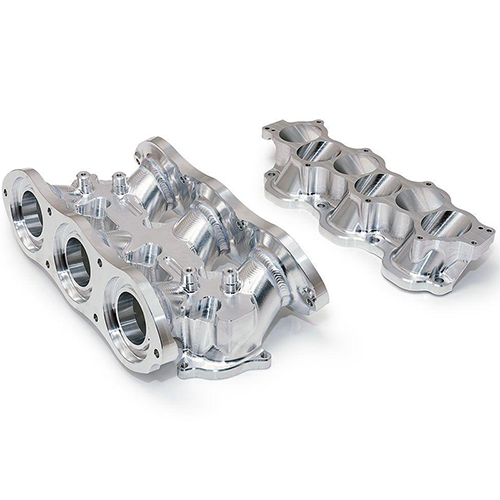The manufacturing process starts with a CAD design, which is a computer-aided design program that defines the part dimensions and geometries. The CAD files are then converted into instructions for the CNC machine. The CNC machine moves the cutting tool in multiple directions, following a set of instructions written in a language known as G-code.
The type of CNC machine that is required for the final product is dependent on the dimensions of the part. In the medical and transportation industries, for example, parts are often custom-made or require high levels of precision and speed. The surface finish quality of these parts is also important. In the aerospace industry, components need to be durable and have high levels of accuracy.
Many modern CNC machines combine functions into a single cell and are designed to perform a variety of operations, including cutting, drilling, milling, and turning. They are also designed to be highly automated and are able to perform all movements required for the job.
When working with a CNC machine, the operator will set up the machine and attach the tooling to it. The operator then loads the appropriate CNC program into the machine. The software will then take the CAD design file and translate it into instructions that the CNC machine can follow. The instructions may be based on programming languages such as G-code, IGES, STEP, and M-code. The commands can be changed quickly, and the machine will carry out the steps as dictated by the software.
The CNC machining process is highly automated, which reduces the number of workers required and the amount of time it takes to make the parts. Compared to conventional machining, CNC machining is also more accurate and can produce parts with very high precision. It can also reduce the amount of wasted materials in the production process. It also reduces the amount of floor space used in the manufacturing process.
CNC machines are used by a variety of industries, but the most common are the automotive, industrial, and transportation sectors. In these industries, components are often used to make high-quality goods and tools. These sectors also require high levels of precision and speed. CNC machining also offers an opportunity to create high-quality parts with reduced labor costs.
These industries also benefit from the increased accuracy that CNC machining offers. CNC machining allows for the creation of very precise parts that will fit together without a lot of problems. The technology also reduces the amount of wasted material used in production, which is a significant benefit for industries that produce a lot of products.
A growing demand for CNC machines is driving the growth of the industry. As a result, employers are looking for more CNC machining technicians. The demand for CNC machinists is expected to increase to about 56,000 workers by the end of the next seven years.
